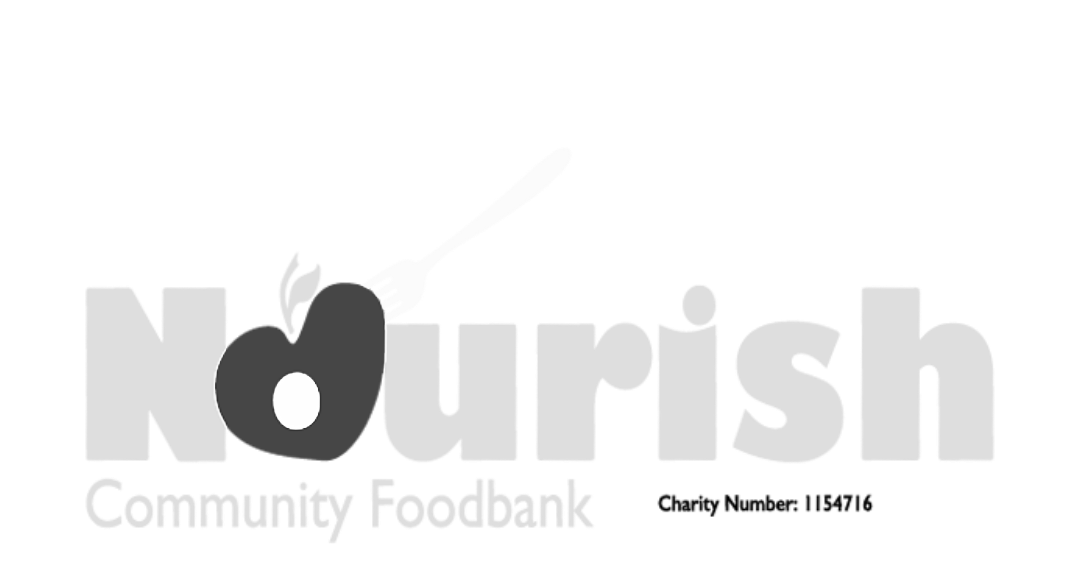Carillion Saga…
The saga of Carillion continues with the news only this morning showing that payments into the company pension fund were missed as its troubles grew though dividend payments to shareholders and bosses bonuses continued. All the signs were there that Carillion was a bad debt waiting to happen and many of the companies now caught up in its collapse may be wondering why they didn’t act earlier to recover their funds. What can you do when you are seriously looking down the barrel of a bad debt to ensure the bullet doesn’t hit you squarely between the eyes?
1. Assess the situation carefully. Is the non-payment due to poor administration or the company going it administration? The more you build a relationship with your client which we talked about in the last blog the more likely you are to be able to gauge the reason for non-payment.
2. Ensure that you keep a full set of notes when you begin credit chasing in earnest. Most modern software packages will enable you to do this and it gives a concise record of the communication you’ve had with the client and the actions you have taken. It is valuable information when you are negotiating with the client as you can give exact details of the exchanges you’ve had with the company and will also be important if you decide to go to court to reclaim your debt.
3. I’m going to mention using legal measures to reclaim your debt at this point. I have used Money Claim Online (MCOL) which is effectively going through the small claims court to issue proceedings when a debt is overdue. The online service, MCOL, is very efficient and cost effective. However, my experience is that if you get to this point the debt is almost certain lost but you may be able to gain the satisfaction of being able to enforce a County Court Judgement (CCJ) against the debtor. You also could use solicitors at this point who may be able to induce your debtor to pay with the use of legal letters but again, my opinion, is it is much better to work out your dispute in relationship with your client rather than using the force of the law, which unfortunately can be a path into nothing.
4. My last two points are around what YOU can do rather than going legal. Through negotiation there is much you can achieve so go and “do deals”. My understanding is that the Carillion unsecured creditors will be lucky to receive 1p in the £1 of debt they have. In many situations there just isn’t enough funds in the company for any pay out to an unsecured creditor. I have helped many of my clients reclaim the vast majority of their debt by offering payment terms of a certain amount per month or giving inducements so that if an amount is paid immediately then the rest will be credited off – you will certainly get more than a penny in the pound by doing this.
5. There’s nothing quite like nagging – it’s the dripping tap syndrome that can ultimately work. Just keep contacting the customer until finally they just give in and make sure your payment is one that happens. In fact one of my favourite exchanges with a client’s customer occurred due to this strategy. I knew that the customer was in trouble and that I only had a small amount of time to secure the funds; we had always had a good relationship and I made it my mission to call him twice a week as he promised payment though none arrived. In the end I made him an offer he couldn’t refuse, having a bit of a sweet tooth, and promised to send him his favourite confectionery if he actually sent the payment. If worked, the cheque came through and was honoured and I duly despatched a number of Walnut Whips to him. Yes, this story is a bit flippant but shows what you can achieve if you are bold enough to be creative!
If any of the points raised in the last two articles has struck a chord please do get in touch with us as we have years of experience with credit control. Your business is too important to let it fail due to a bad debt and professional assistance from the start can help to protect you against this.
Paula









